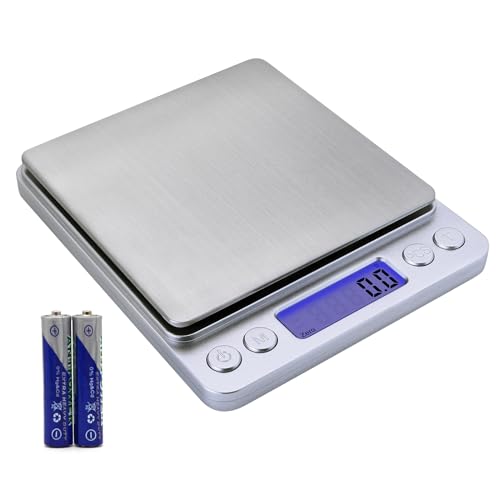I certainly hope I'm not the only soaper here that's not too chicken to hand stir
hand stirring mine as we speak

i dont have a wooden spoon for soaping. i swear i try to bargain with my mom to use hers but she wouldn't budge

so, am using a spatula.. stirring in 1 direction..
my 1st batch is now 262 grams. in around 12 hrs, it has lost 14 gr of water.
btw, i am really happy that we now have a clearer picture of how this recipe is supposed to be handled. so guys, if you decide to try this, i just wanna say 1 thing: ditch your sb!
DeeAnna, i have a lil question about your 2nd batch that you did differently.. did it experience weeping in the mold? sorry if you already say this, i must've missed it.
my report after doing the 2nd batch... w/o the SB... at all...
only did a portion of the recipe:
300 gr pomace
300 gr water
57 gr lye
57 gr water
started at 6:20PM. by 40 mins, the batter is starting to thicken. if you're hand stirring, you can totally feel as it's getting heavier to stir. by 50 mins, trace starting to appear:
by 70 mins, thick trace:
at this point, still doubting whether i should pour. decided to stir it for another 10 mins and finally poured to my wooden mold.
like AM said, the stages were completely different. no separation, and the end batter also didn't look plasticky. it looked like a normal soap batter on a very thick trace. no soap sliding out of the container like the 1st batch (with SB). am praying hard it will stick together in the mold. i did everything as told by the recipe, except for the wooden spoon that i replaced by spatula.
also noticed the difference in color b/w my 2 batches. i was using pomace, and the oil was obviously dark yellow. with my 1st batch, the end batter was chalk white. 2nd batch, cream color, you can still see the yellow from the pomace.
i insulate the mold, with a towel, and placed a towel underneath just in case there's water dripping.
will report back with the progress.
the hand stirring was not so bad at all...
With all this experiments, I guess by the end of the month we'll have the best method to do this castile recipe

. I really need to find a good batch of OO and try this too.
For the next step, maybe we can try different type of OO and see which one is best for this recipe? *make myself a batch of popcorn and see how many soapmaker mania here will try this*
i think the best method is already there in front of our eyes from the beginning. stick with the original recipe

different types of oo? that's interesting. i made mine with pomace, maybe next time i'll try evoo and compare the difference on how it feels on my skin. the original blog post did mention the old generations making it with used oil from frying.
















































